Hurricane Preparedness
History teaches that a lack of hurricane awareness and preparation are common threads among all major hurricane disasters. By knowing your vulnerability and what actions you should take, you can reduce the effects of a hurricane disaster. Hurricane hazards come in many forms, including storm surge, heavy rainfall, inland flooding, high winds, tornadoes, and rip currents. The National Weather Service is responsible for protecting life and property through issuance of timely watches and warnings, but it is essential that your family be ready before a storm approaches. Furthermore, mariners should be aware of special safety precautions when confronted with a hurricane.
Here at RMB Building & Design, we have put together a list of useful information and that will help protect your family and your home during hurricane season. (Hurricane Season in the Atlantic starts June 1st and lasts until November 30th) Please feel free to email us if you would like a comprehensive “Hurricane Preparedness List.”

GENERAL
- Take photos or videos of your home/personal items beforehand. Carry with you if you evacuate.
- Have a disaster kit prepared before the storm hits. You may not have power for several days. Include: 3 gallons of water per person (3-day supply), non-perishable food and manual can opener, first aid kit, radio, flashlight, fresh batteries, personal hygiene items, important documents (birth certificates, medical records, insurance papers)
- If you must evacuate, have a plan already in place. Make sure your vehicle’s gas tank is full, and don’t forget to make arrangements for your pets.
EXTERIOR
- Cover all louvers (wind blown rain WILL blow in)
- Cover all windows, doors, and dormers.
- Secure lawn ornaments, furniture or objects, potted and hanging plants in the garage.
- If you are not covering your doors with storm shutters, place sandbags against the outside.
- Close foundation vents.
- Shut off irrigation system.
- If you are leaving your home, shut off gas and water mains.
- Make sure you have enough gas and oil for your generator.
- Stake off trees or bushes that are less than two years old.
- After the storm, remove debris from crickets, valleys, and gutters.
INTERIOR
- Place towels inside doors to absorb water.
- Elevate any windows treatments that hang to the floor.
- Move furniture and/or rugs away from doors or windows that extend to the floor.
- Make sure all windows are tightly closed and locked.
- You may experience some water intrusion around masonry chimneys and fireplace.
Two keys to weather safety are to prepare for the risks and to act on those preparations when alerted by emergency officials. Refer to the Federal Emergency Management Agency’s (FEMA) or the National Hurricane center’s website for comprehensive information on hurricane preparedness at home and in your community.


